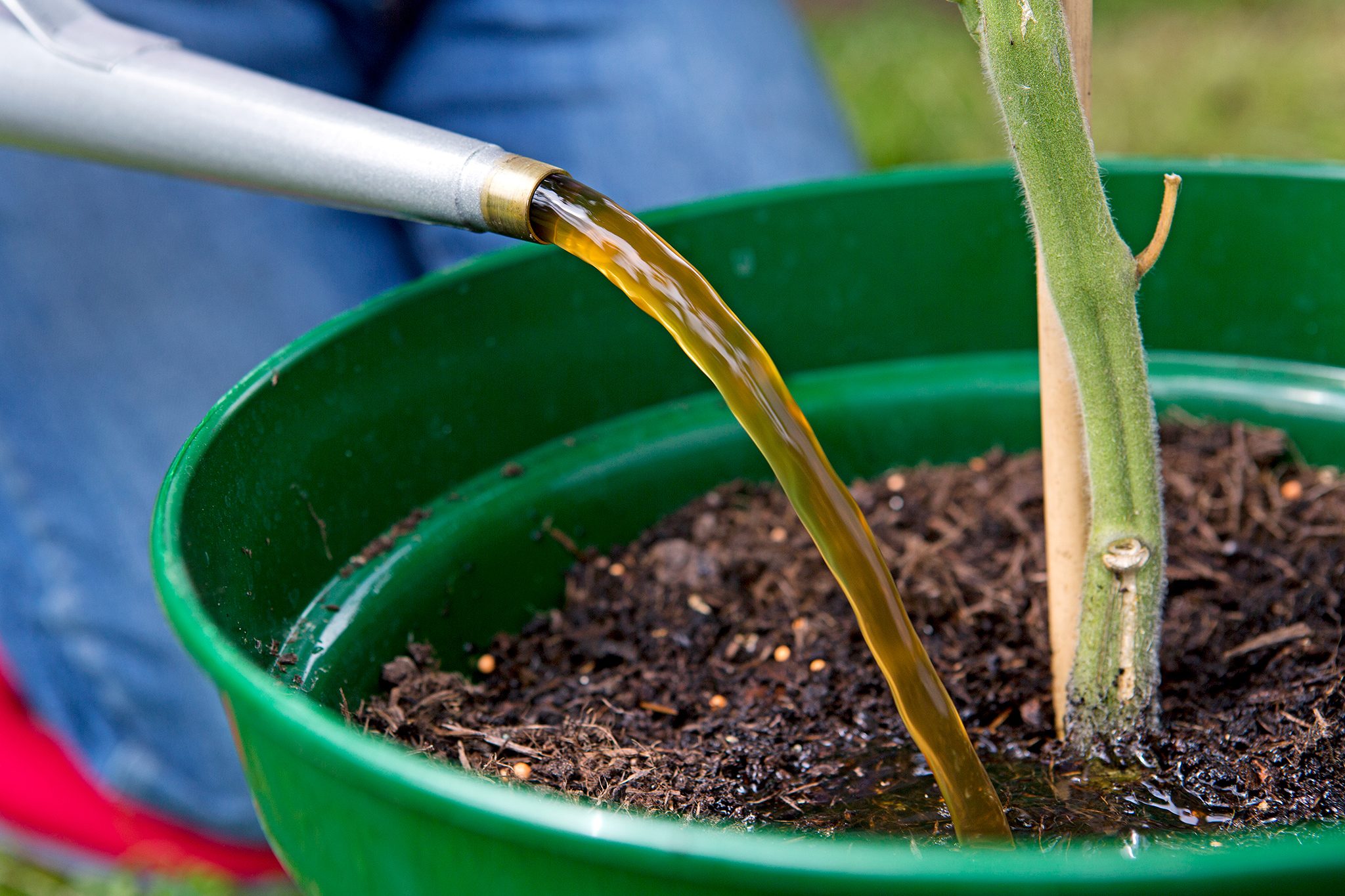Week 1: Heat & Hydration
- Water Deeply: Water early morning or late evening; aim for 1-2 inches per week.
- Mulch Beds: Add 2-3 inches of mulch to retain moisture and suppress weeds.
- Inspect Irrigation: Check hoses & drip systems for leaks.
- Harvest Early Crops: Pick zucchinis, cucumbers, beans, and early tomatoes regularly.
Week 2: Planting & Pruning
- Plant Fall Crops: Direct sow carrots, beets, kale, collards, and bush beans.
- Pinch Tomatoes: Remove tomato suckers and lower leaves to improve airflow.
- Deadhead Flowers: Encourage blooms on annuals like zinnias and marigolds.
- Weed Vigilantly: Don’t let weeds go to seed!
Week 3: Pest & Disease Patrol
- Check for Pests: Watch for squash bugs, aphids, and Japanese beetles.
- Spray Naturally: Use neem oil, insecticidal soap, or hand-pick pests.
- Inspect for Disease: Remove diseased leaves immediately to prevent spread.
- Fertilize: Feed tomatoes, peppers, and cucumbers with balanced fertilizer.
Week 4: Planning Ahead
- Prepare for Fall Crops: Clear out finished plants like lettuce or peas.
- Sow Cover Crops: Consider buckwheat or clover for soil improvement.
- Collect Seeds: Save seeds from flowers like poppies or calendula.
- Sharpen Tools: Mid-season maintenance makes work easier!
✅ Ongoing Tasks All Month:
- Water containers daily (they dry fast!).
- Shade delicate crops like lettuce with row cover or shade cloth.
- Keep compost moist and turn it weekly.
- Take garden notes for next year!
Bonus Tip:
In extreme heatwaves, focus on survival — water deeply, skip fertilizing, and protect stressed plants with shade.
Tags: best gardening tips for beginners, flower garden, gardening, organic garding, prepping